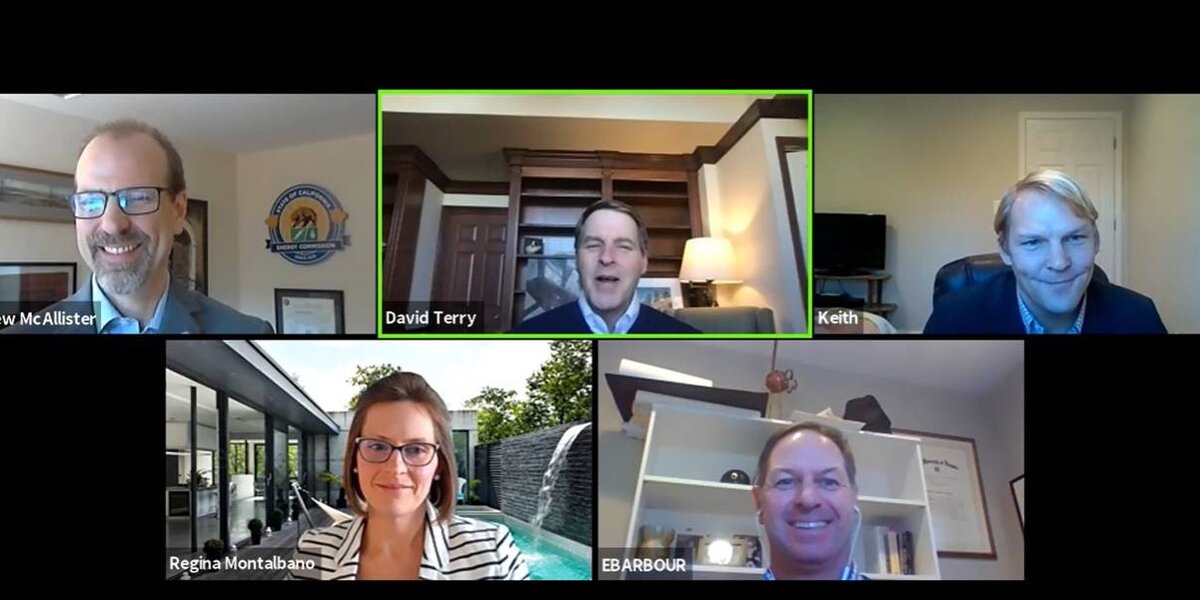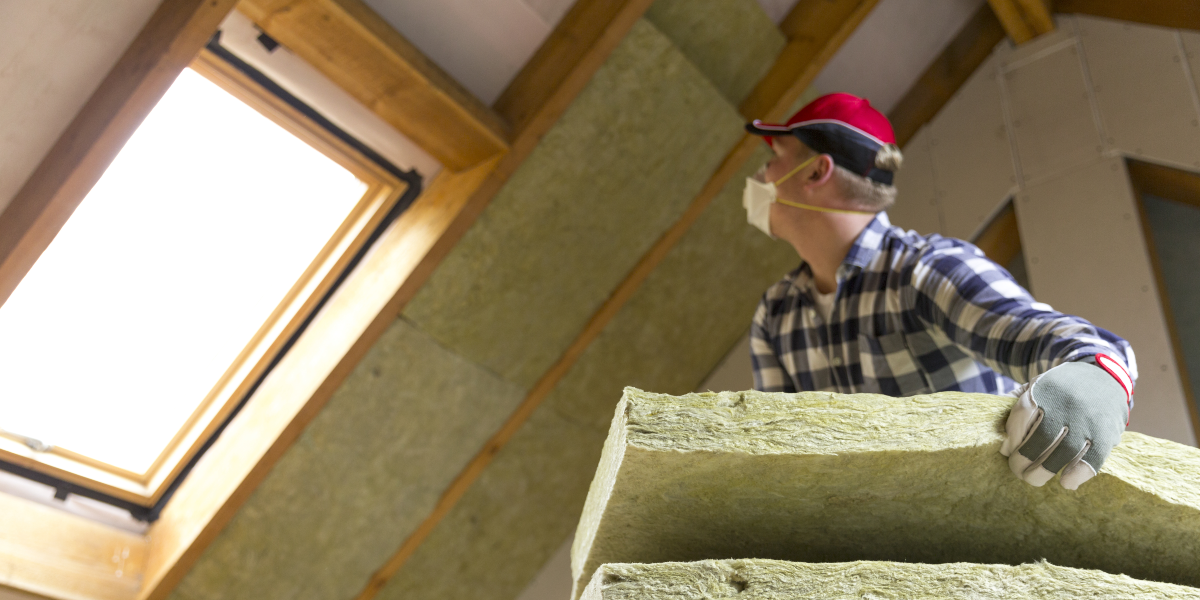Here’s What You Missed at the Inaugural Active Efficiency Forum
Let's Save Energy
Alliance to Save Energy's Blog
Here’s What You Missed at the Inaugural Active Efficiency Forum

Last fall, when the Alliance first launched the Active Efficiency Collaborative, we knew the energy landscape was changing, and changing fast. Our opportunities to optimize energy are evolving in response to a plethora of new technologies and needs – becoming more dynamic, integrated, and multifaceted. But no one could have predicted what 2020 would bring. COVID-19 was an earthquake in an already shifting system: as trends in digitalization, electrification, and demand flexibility have accelerated, the pandemic’s shockwaves have underscored the need to build toward attaining bold environmental, economic, and equity goals. Never has the need for a shared vision of the future been more important.
The Collaborative took a significant step in illuminating that vision with the launch of its year-one deliverables at the inaugural Active Efficiency Forum yesterday. The two deliverables, Beneficial Electrification and Grid Opportunities and Guiding Principles for Next-Generation Performance-based Utility Program Models, are available now on a brand-new Active Efficiency website, serving as go-to resources for industry and policy professionals.
The digital report Beneficial Electrification and Grid Opportunities provides a roadmap for ensuring that as electrification trends swell across the nation, we are maximizing positive outcomes for the grid, climate, cost, and quality of life. Exemplifying this potential in the first session of the Forum was the Efficiency Maine Trust, who won the Alliance’s 2020 Star of Energy Efficiency in part for pioneering work in beneficial electrification through installing tens of thousands of energy-efficient heat pumps – particularly challenging in a predominantly rural state with one of the coldest climates in the nation. Executive Director Michael Stoddard discussed key success factors (also outlined in a new blog), and outlined the “three legs to the stool” for meeting long-term climate plans: wide-scale beneficial electrification, clean generation to supply that electrification, and a grid that can carry that generation from source to user reliably and affordably.
These points were explored further by a panel moderated by Andrew McAllister of the California Energy Commission. Ed Barbour of Guidehouse, Regina Montalbano of TRC Companies, David Terry of NASEO, and Keith Dennis of NRECA discussed the need to switch to a decarbonization framework, valuing beneficial electrification as a resource for utilities, capitalizing on existing technologies and programs, and broadening objectives to be more holistic to bring forth the full suite of benefits for customers, the environment, and the grid.
Next up in the Forum was a preview of the future of utility program models: Seattle City Light’s Colm Otten and Joseph Fernandi sat down for fireside chat with the Bullitt Foundation’s Salley Anderson to discuss a visionary partnership they piloted reimagining utilities’ roles as brokers of “negawatts,” or watts of energy that are not used as a result of energy efficiency measures. The model is also explored in a just-published case study.
Replicating that model’s success across regions and customer types was the focus of the next panel, featuring Adam Procell of Willdan, Mike Bushey of Southern California Edison, Bill Garbati of Ameresco, Adam Cooper of Edison Electric Institute, and Stacey Paradis of MEEA, which demonstrated how the new Guiding Principles should advise program design. As Cooper said, “It’s the right time to have this discussion around transitioning energy efficiency programs to something more dynamic,” and by underscoring customer-focused program design, demand management and decarbonization, and augmenting market enablers, the new principles stand at the leading edge of industry resources.
We hope you’ll turn to these resources in the coming weeks, months, and years, because, as so many of our speakers emphasized during the Forum, we have the technologies and conditions at hand to achieve a clean energy transition: now it’s about getting it done. The Forum was followed by two events further demonstrating the timeliness and possibilities associated with this moment. The afternoon’s 30th Annual Energy Efficiency Forum honored champions including Alliance Honorary Board Members Senator Lisa Murkowski (R-Alaska), Senator Susan Collins (R-Maine), and Congressman Paul Tonko (D-N.Y.), and a celebratory reception in the evening formerly presented the 2020 Star of EE award to the Efficiency Maine Trust. With leaders like these at-the-ready, we can turn these frameworks into the reality of a more equitable, adaptable, and decarbonized energy system.
Learn more or join the Active Efficiency Collaborative on our new initiative website. The 2021 workplan will build on 2020’s reports by investigating areas such as market mechanisms for Active Efficiency, federal policy opportunities, equity considerations, technology deployment, and Evaluation, Measurement and Verification for programs.
RECENT BLOG POSTS
STAY EMPOWERED
Help the Alliance advocate for policies to use energy more efficiently – supporting job creation, reduced emissions, and lower costs. Contact your member of Congress.
Energy efficiency is smart, nonpartisan, and practical. So are we. Our strength comes from an unparalleled group of Alliance Associates working collaboratively under the Alliance umbrella to pave the way for energy efficiency gains.
The power of efficiency is in your hands. Supporting the Alliance means supporting a vision for using energy more productively to achieve economic growth, a cleaner environment, and greater energy security, affordability, and reliability.



